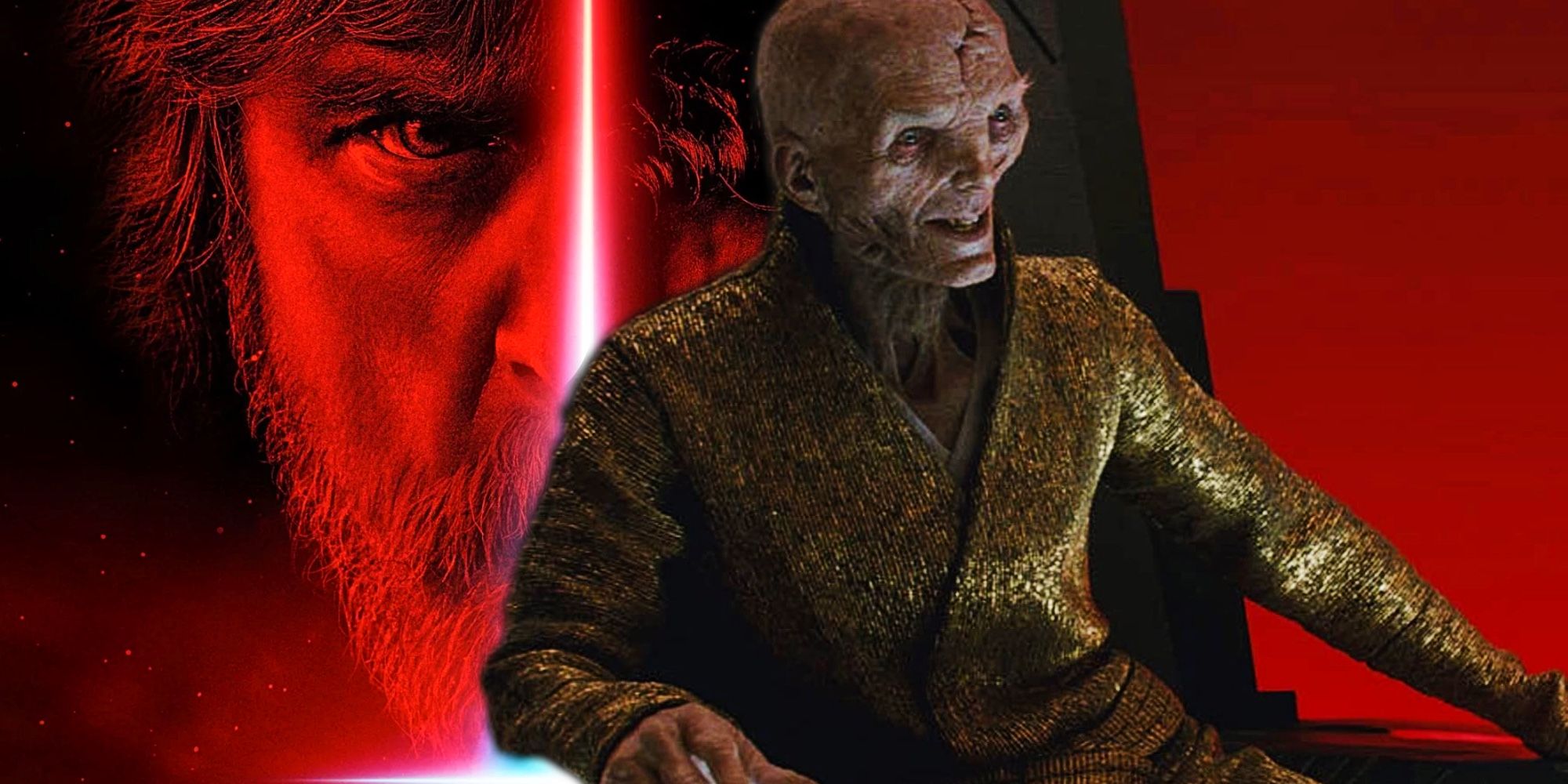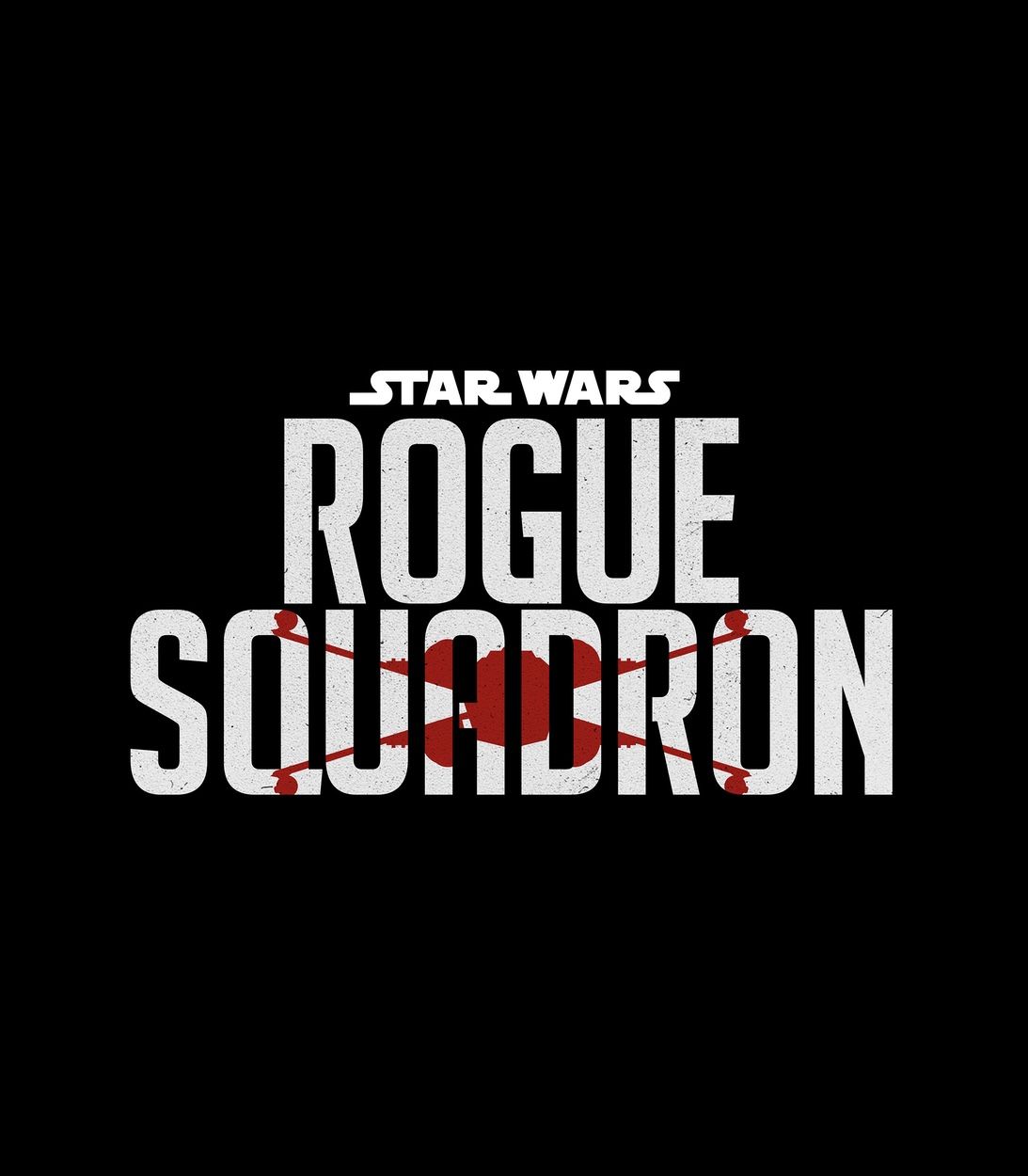Star Wars tie-ins have finally explained the hyperspace tracking seen in Star Wars: The Last Jedi. The destruction of Starkiller Base should have been the Resistance's greatest hour. Instead, the next few days saw the Resistance come close to destruction. As seen in Star Wars: The Last Jedi, the First Order launched a Blitzkrieg across the galaxy, destroying what was left of the New Republic. Their forces then pressed in on the Resistance, forcing them to flee to an abandoned Rebel Alliance base on Crait.
The key to the First Order's success lay in hyperspace tracking. This technology had long been thought impossible, but an Easter egg in Rogue One: A Star Wars Story confirmed the Empire had been working on it on the planet Scarif. There have since been subtle hints the tracking technology may have somehow involved emissions from a hyperdrive; Lucasfilm's Star Wars: The Rise of Skywalker Visual Dictionary confirmed that was how Darth Vader tracked the Tantive IV in the first Star Wars film, with a faulty hyperdrive meaning its emissions were particularly distinctive. It's possible the Tantive IV was deliberately sabotaged, given the Organas were known to be connected to various Rebel cells.
Adam Christopher's latest Star Wars novel, Shadow of the Sith, finally explains how hyperdrive tracking works. It reveals agents of a Sith cult known as the Acolytes of the Beyond managed to steal samples of the technology before the Death Star destroyed Scarif, and they'd actually been able to use it. According to Luke Skywalker, the technique is best known as hyperwave signal interception. This "involves mapping the energy signatures of ships as they enter and exit hyperspace... If you know exactly what you're looking for, including the ionization rate and cycle frequency of the ship's hyperdrive motivator, you can theoretically filter the hyperwave data collected by [Imperial] beacons and match it to the signature of the ship." The Empire planted Imperial navigation beacons across the galaxy, but they were also fitted with extensive sensors to monitor background levels of cosmic radiation, and these could be used to facilitate hyperspace tracking.
The Imperial navigation network decayed after the Emperor's death, and the Republic did not maintain it after the Battle of Jakku. Presumably, Supreme Leader Snoke restored it before the sequel trilogy, perhaps in part to allow the First Order to use hyperspace routes the New Republic didn't know about - meaning their ships could enter systems from unexpected angles and potentially travel more quickly across the galaxy. Hyperspace tracking would be a secondary benefit, albeit a very useful one, when the First Order sought to capture Leia's flagship.
There is, of course, a degree of irony in the fact hyperspace tracking was used against Leia. Darth Vader had presumably used an early version of this technology against Leia years ago when he tracked the Tantive IV's distinctive hyperdrive emissions. Leia had understandably forgotten this after the destruction of Alderaan and the Battle of Yavin IV, her young mind preoccupied with so many different thoughts. Had she only remembered, and even tried to find out how Darth Vader pursued her to Tatooine, she would have known hyperspace tracking was possible - and she could even have figured out how to adjust her ships' hyperdrive signatures so the Resistance could escape. With this in mind, Star Wars: The Last Jedi could have turned out rather differently indeed.



